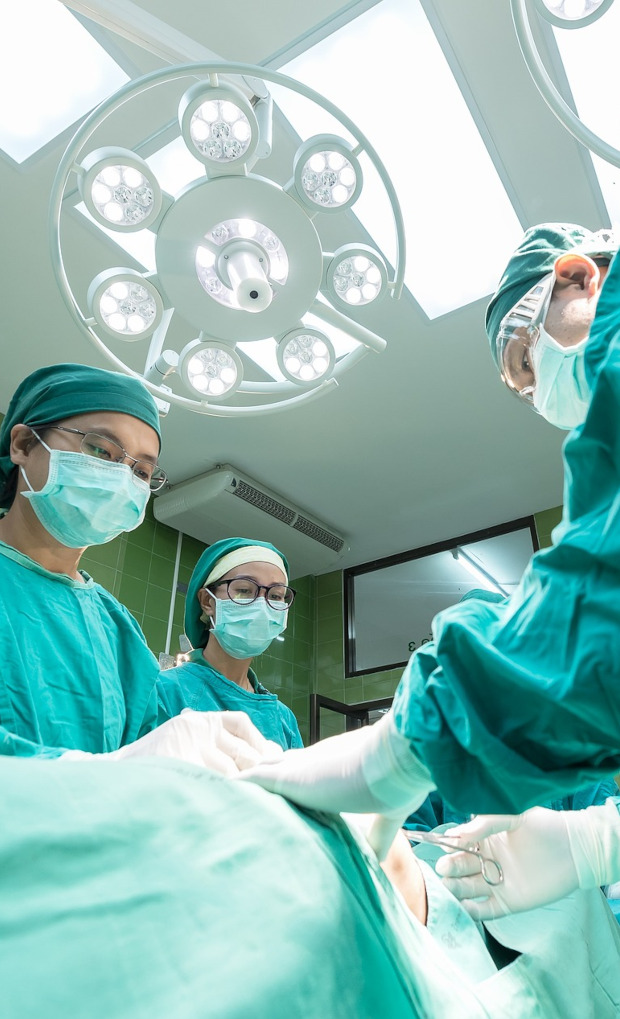
General Surgery
Hernias
A hernia is a weakness in the abdominal wall resulting in a bulge. Abdominal organs can get caught in a hernia. There are different types of hernias:
Inguinal hernias occur in the groin and are the commonest type of hernia.
Femoral hernias occur lower in the groin, more commonly in women and have a higher risk of causing a problem if left untreated.
Para-umbilical hernias occur around the navel.
Epigastric hernias occur in the upper abdomen.
Hernias can also occur at the site of previous surgery and are called incisional hernias.
Most types of hernia are repaired using the open approach and a prosthetic mesh. It may be possible to go home on the same day of surgery.
Lumps and Bumps
Surgical treatment is provided for superficial lesions such as
Sebaceous cysts: these are also called epidermoid or pilar cysts. The occur on any part of the body but particularly on the scalp, face, ears, neck and back. They contain a white, cheese like material and often get infected and form and abscess. Sebaceous cysts can be removed under local anaesthetic.
Lipomas: are lumps made up of fat and are benign. They can be removed if they grow in size, cause discomfort or are unsightly. The operation is usually done under local anaesthetic.
Splenectomy
Removal of the spleen (splenectomy) is recommended in certain conditions such as hereditary spherocytosis and idiopathic thrombocytopenic purpura. It is also performed when the spleen is irreparably damaged by trauma.
The spleen is an important organ for immunity. Vaccination against certain infections is given before the operation. It is also recommended to take a reduced dose of penicillin antibiotics as a precaution to prevent infection. A keyhole (laparoscopic) operation is often possible.
